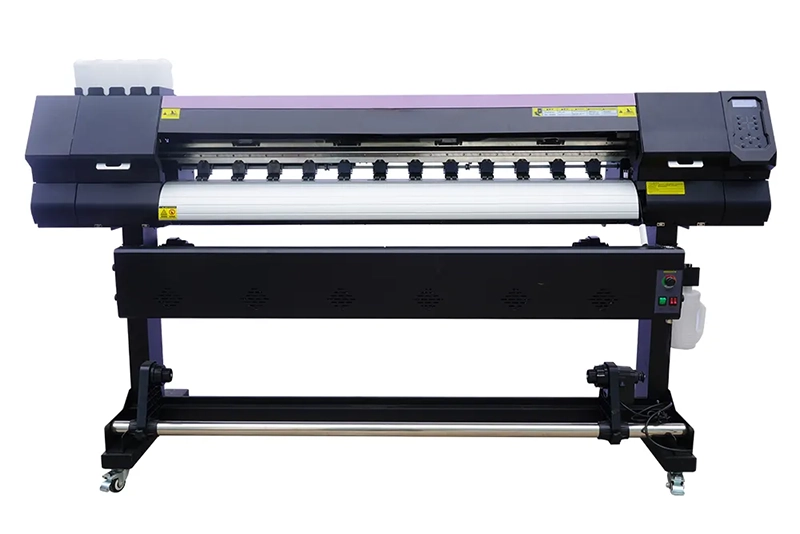When encountering image distortion and banding issues with a digital sublimation printer, there are several troubleshooting steps you can take to resolve these problems. Here's a guide to help you:

1. Check Design and File Resolution:
- Ensure that your design file has the appropriate resolution for printing. Low-resolution images can result in pixelation and image distortion. Aim for a resolution of at least 300 DPI (dots per inch) for optimal print quality.
2. Printhead Alignment:
- Perform a printhead alignment or calibration procedure as recommended by the printer manufacturer. Misaligned printheads can cause image distortion and banding. Consult the printer's user manual for instructions on how to perform this alignment process.
3. Ink Supply and Cartridges:
- Ensure that there is enough ink in the cartridges and that they are properly installed. Low ink levels or improperly installed cartridges can lead to inconsistent ink flow and result in image distortion and banding. Replace or refill ink cartridges as needed.
4. Print Speed and Print Quality Settings:
- Adjust the print speed and print quality settings in the printer software or RIP (Raster Image Processor) to find the optimal balance between speed and quality. Extremely high print speeds may cause image distortion, while excessively high print quality settings can lead to banding. Experiment with different settings to find the best combination for your specific printing needs.
5. Printhead Cleaning:
- Run the printer's automated printhead cleaning cycle to clear any clogged nozzles or debris that may be causing image distortion or banding. If the automated cleaning does not resolve the issue, consult the printer's user manual for instructions on manual printhead cleaning procedures.
6. Sublimation Paper and Heat Press:
- Examine the sublimation paper you are using. Poor-quality or incompatible paper can cause image distortion and banding. Ensure that you are using sublimation paper that is suitable for your printer and the specific sublimation process you are using. Additionally, check the heat press settings to ensure proper heat and pressure application during the transfer process.
7. Software and Firmware Updates:
- Ensure that you have the latest software drivers and firmware updates for your printer. Outdated software or firmware can contribute to image distortion and banding issues. Visit the manufacturer's website to download and install any available updates.
If the troubleshooting steps mentioned above do not resolve the image distortion and banding issues, it is recommended to contact the printer manufacturer's technical support for further assistance. They can provide specific guidance and troubleshooting steps based on the model and make of your digital sublimation printer.
kenteer has launched Digital Sublimation Printer for customers . If you have any needs, you can contact us for a quote.
